Celebrating Irish Poetry and Prose: Tracing the Literary Genius from Yeats to Heaney
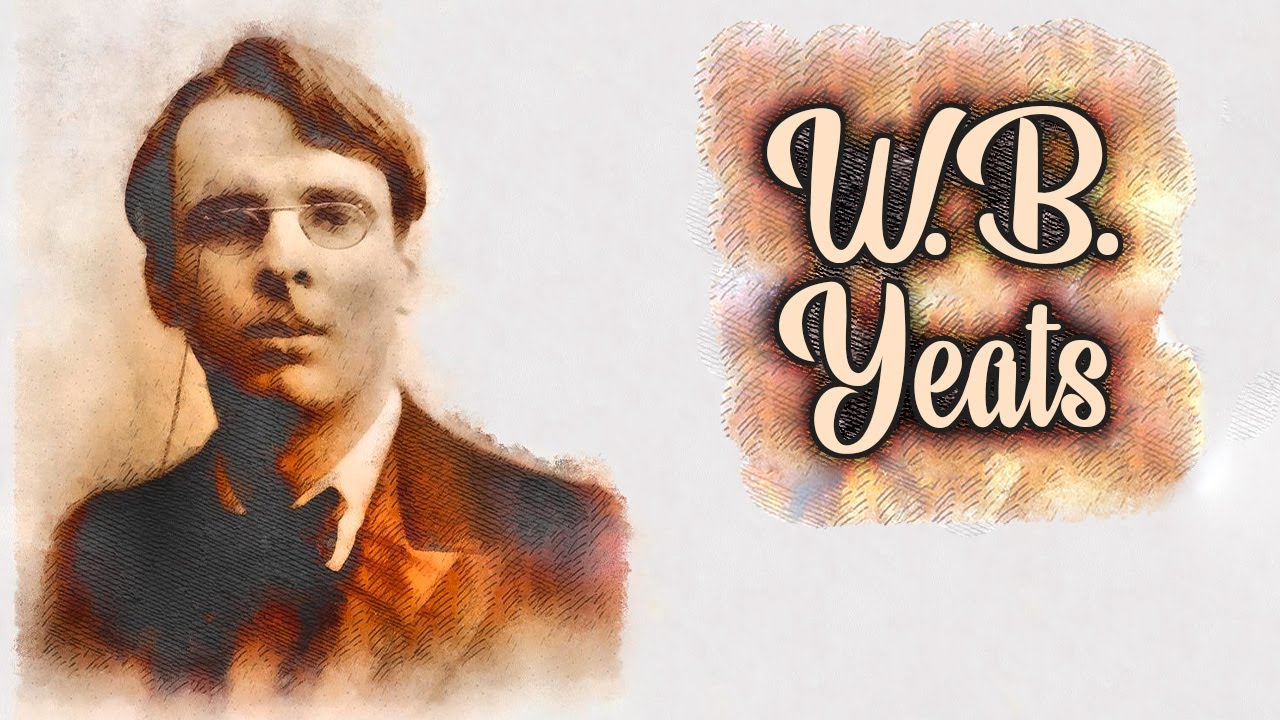
Updated On: April 20, 2024 by Eman Sameh
Irish poetry and prose have a rich tradition that weaves through the country’s history, embodying its cultural heartbeat. From the lyrical depth of W.B. Yeats to the profound simplicity of Seamus Heaney, Irish literature has long reflected the island’s complex narrative. We celebrate this literary heritage, acknowledging the role these writers play in capturing the essence of Ireland’s soul and bringing it to the world stage.
The rootedness of Irish writing in the land’s political, historical, and natural landscapes can be seen in its recurring themes and forms. It’s a tradition of introspection and resilience, offering a unique lens into the Irish experience. Yeats’ founding contributions set the stage for successive poets like Heaney, who navigated the nuances of Irish identity, contributing to the rich tapestry of our literary canon.
The Roots of Irish Literary Tradition
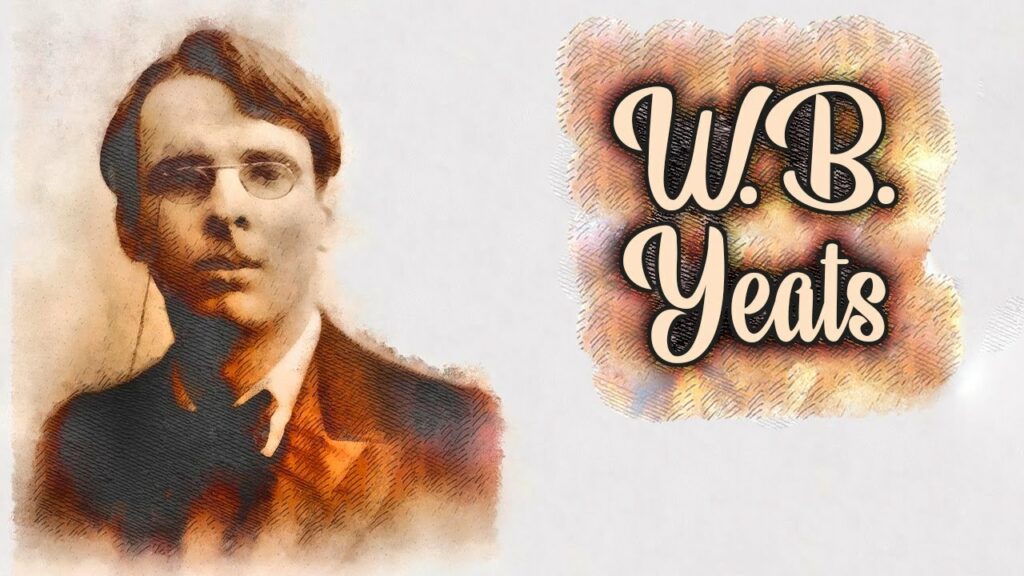
The inception of Irish literary tradition stands out as a testament to Ireland’s profound cultural, historical, and linguistic heritage. This literary lineage is a rich tapestry woven through centuries, deeply rooted in Ireland’s Gaelic past. It began with oral narratives, including myths and folklore that encapsulated the essence of the Irish spirit. The tradition of storytelling passed down through Gaelic preserved these tales long before they were etched into manuscripts in the 6th century.
Literary culture pivoted significantly with the introduction of the English language into Irish society. Despite this, Irish literature deftly retained its unique character, fusing its English articulations with the cadence and thematic preoccupations of its Gaelic ancestry. The Renaissance at the end of the 19th century marked a resurgent interest in Ireland’s own language and literary styles. This era witnessed a flowering of Irish literary talent synchronised with a surge in political nationalism.
Seminal figures, such as W.B. Yeats and later Seamus Heaney, effectively bridged the cultural and linguistic divide, celebrating Irish identity within their works and cementing Irish literature as not only a medium of artistic expression but as a powerful narration of Ireland’s history and societal shifts.
Their works are a cornerstone of our literary patrimony, capturing the dialectic between the old and the new and reflecting a burgeoning literary prowess that would leave a lasting impact on the English-speaking world at large.
W.B. Yeats: A Founding Figure
William Butler Yeats stands as a monumental figure in Irish cultural heritage. His expansive body of work laid the foundation for the Irish Literary Revival. Nobel laureate for Literature in 1923, Yeats’s influence reached well beyond the realm of his poetry.
Guided by the conviction that a nation’s soul is captured through its literature, his works resonated with both the heart and the intellect. The national theatre movement in Ireland owes much to his commitment and foresight, particularly his establishment of the Abbey Theatre. As one of the founders, he significantly contributed to the nation’s storytelling and dramatic arts.
His writing evolved over time, reflecting his personal growth and the tumultuous socio-political changes in Ireland. As an Irish poet, Yeats’s verse was imbued with the mystical allure of the Emerald Isle, weaving together threads of folklore with contemporary themes.
- Early Works: Representative of the romantic period in his early years.
- Middle Period: Transitioned to a more personal, modernist approach.
- Later Life: Poems take on a reflective, philosophical tone.
Given his enormous influence and enduring works, Yeats not only shaped Irish literature but also made illustrious contributions to the global literary community. His legacy lives on, still inspiring new generations of poets and writers around the world.
Seamus Heaney: Life and Works
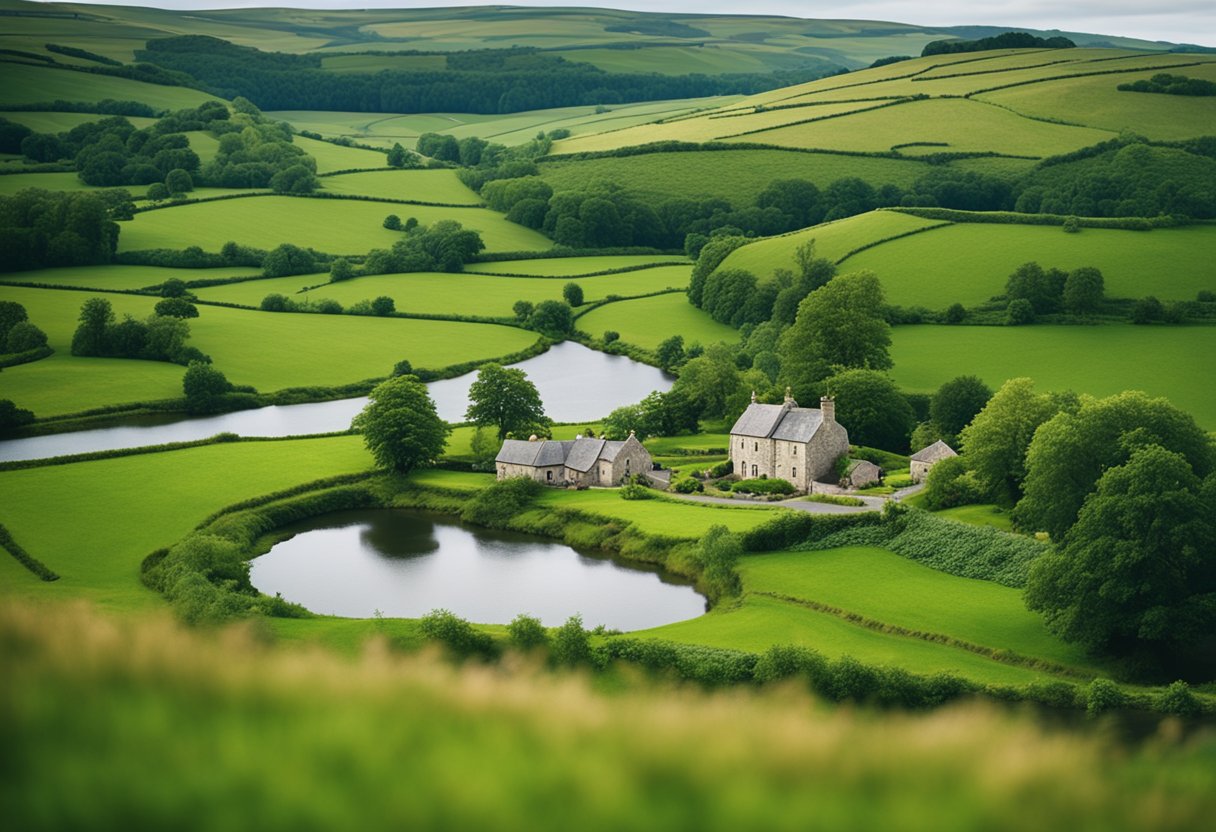
Seamus Heaney, born in Castledawson, Northern Ireland, on 13 April 1939, grew into one of the foremost poets of his generation. He lived his early years amidst the rural background of his family farm, which deeply influenced his work. His childhood experiences would later emerge as elemental themes in his poetry.
Heaney commenced his academic journey at St. Columb’s College in Derry, leaving his familial surroundings. He furthered his education at Queen’s University in Belfast, where the seeds of his literary career were sown, cultivating a voice that would resonate well beyond Irish shores.
Literary Contributions
- Death of a Naturalist (1966): His debut collection of poetry heralded the emergence of a significant literary voice, rich with the textures of the Irish bog lands.
- Door into the Dark (1969) & Wintering Out (1972): Continued to explore rural life and Irish identity.
- Station Island (1984) & Seeing Things (1991): These mature works reflect on life, death, and legacy.
- The Spirit Level (1996) & Opened Ground: Selected Poems, 1966-1996: These later publications solidify his reputation as a master of verse.
Heaney’s scholarly pursuits were as remarkable as his poetic ones. He held esteemed teaching positions at institutions, including Harvard and later returned to Queen’s University as a professor.
Awards
- Nobel Prize in Literature (1995)
- T. S. Eliot Prize and many more.
Our celebration of Heaney’s works remains ever-relevant. The ability of his poetry to transcend the personal and capture the universal renders his voice timeless, and his legacy endures as a cornerstone of Irish literary culture.
Irish Poetic Forms and Themes

Irish poetry is celebrated for its rich tradition, marked by a variety of poetic forms that weave through the tapestries of themes like nature, hope, and the spiritual. The lyrical beauty of this literary art form often reflects the country’s tumultuous history, coupled with its lush landscapes and the resiliency of its people.
One may encounter forms such as the Casbairdne and Deibide, characterised by intricate rhymes and syllable patterns that enchant the reader and heighten the thematic expressions.
- Casbairdne: A quatrain form utilising cross rhymes and alternating lines of seven and five syllables.
- Deibide: Various types, often combining alliteration and internal rhymes to draw attention to the ethical depth of its subject matter.
The themes of Irish poetry often transcend the beauty of its form; they delve into the essence of human experience. There is a recurrent exploration of topics like the presence of violence and the pursuit of hope amidst adversity. Poets such as W.B. Yeats in “The Lake Isle of Innisfree” use nature as a backdrop to convey a sense of peace and aspiration, contrasting vividly with the struggles highlighted elsewhere in Irish poetry.
Moreover, spiritual elements and everyday miracles are common in these works, acknowledging the fact that the spiritual and the mundane are intertwined in the fabric of Irish life. Passionate stories of living pasts and legends are frequently sewn into the larger narrative of Irish history and identity.
Indeed, Irish poetry encapsulates the passion of its people, the violence in its history, and the hope for the future while continually celebrating the country’s natural splendour and everyday miracles.
The Influence of Irish Politics and History

Irish literature has been profoundly shaped by our turbulent political history. In the works of poets like W. B. Yeats, we see reflections on the complex relationship between the creative spirit and political conflict. His poetry often grapples with themes of national identity and the struggle for Irish independence.
Throughout the 20th century, Northern Ireland experienced significant political and sectarian violence, notably referred to as The Troubles. This period was marked by clashes between Catholic and Protestant communities, intense violence, and a quest for justice. Poets from Northern Ireland, such as Seamus Heaney, navigated these troubled waters in their work, exploring themes of partition, conflict and the search for peace.
The Good Friday Agreement of 1998 was a pivotal moment in our history; it marked a significant step towards peace and has since influenced the literary output of the region. Writers weave this narrative of reconciliation and the pursuit of peace into their stories, offering a literary testament to our capacity for resolution.
In Dublin’s fair city, the Bank of Ireland stands as a symbol of our economic history and often serves as a backdrop in our literature, symbolising both prosperity and division.
Irish poetry and prose continue to serve as a lens through which we examine and understand the profound impact of our political history on the collective and individual psyche. Our politicians and poets alike have used the power of the written word to shape, challenge, and reflect on the foundations of our society.
Translating the Irish Experience
Seamus Heaney was deeply rooted in the Irish soil linguistically and culturally. His works in translation bridge the vernacular of his Irish experience to a wider audience. “The Cure at Troy” and “Sweeney Astray” exemplify his talent for translating myth and transforming it with contemporary resonance.
“The Cure at Troy” is Heaney’s version of Sophocles’ Philoctetes. He infuses the ancient Greek text with an Irish consciousness, making the struggles and themes accessible to us all. Similarly, “Sweeney Astray” brings the medieval Irish tale of Buile Suibhne into a modern English narrative while preserving the distinctive cultural aura.
By translating texts from Anglo-Saxon and Middle Scots, Heaney connects us to the likes of “Beowulf” and the poems of Robert Henryson. His translations do more than convert words from one language to another; they carry the essence of original sentiments through the filter of Irish experience.
| Original Language | Heaney’s Translation |
|---|---|
| Anglo-Saxon | “Beowulf” |
| Middle Scots | “Testament of Cresseid” |
| Greek | “The Cure at Troy” |
In our translations, the emphasis rests on the integrity of language and the context of Irish culture. Heaney deftly navigates nuances, ensuring that the English versions honour the source material’s spirit.
Translating literature is like weaving a complex fabric. It’s about creating something understandable and relatable whilst retaining the unique texture of the original. As Heaney demonstrates, each translation is a chance to explore how language shapes our understanding of not just stories but our very culture. Heaney’s contributions are a testament to the power of language in transcending temporal and geographic divides, making the rich tapestry of Irish literary heritage available to all.
Exploring the Natural Landscapes of Ireland
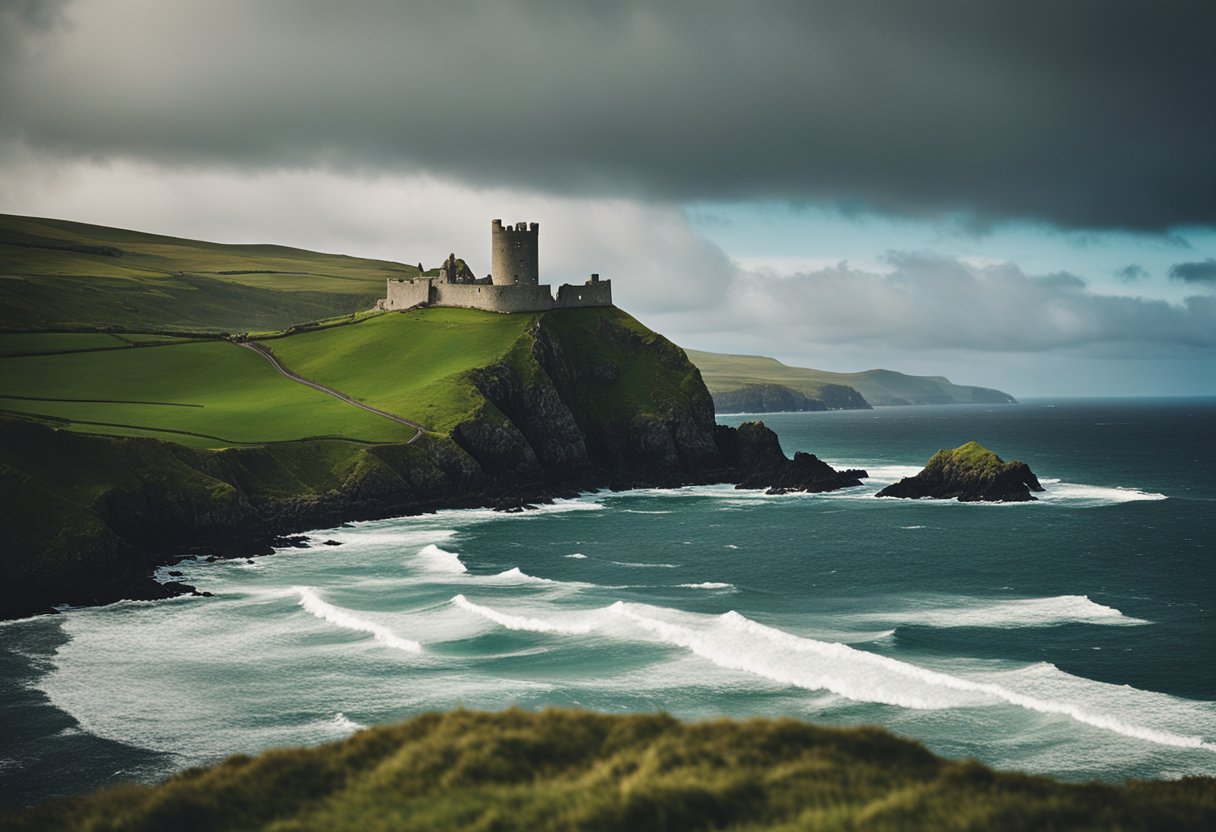
In our journeys across Ireland, we have encountered some of the most stunning natural landscapes. The verdant greenery and wild, untamed beauty are characteristic of a land steeped in myth and legend.
County Derry, in Northern Ireland, is a region where the scenery commands a quiet reverence. The rugged hills and the picturesque bogs are a testament to the raw, unspoilt nature of Ireland.
Exploring these areas, one is struck by the unique appeal of the Irish bog, a landscape that has inspired poetry and prose with its mysterious and profound presence. These areas are not only visually arresting, they support unique ecosystems, and their conservation is crucial to maintaining Ireland’s biodiversity.
In Derry and beyond, the natural scenery is a haven for those who seek a connection with nature. Ireland’s north is rich with such locations, each offering an array of natural wonders that bring one closer to the earth and its rhythms.
For us, the sensation of being amidst these landscapes is akin to stepping into a living painting. The atmosphere in places like the lush, rolling hills or the serene lakeside paths reveals the same beauty that has moved countless Irish poets and storytellers.
Our commitment to exploring and sharing these landscapes honours Ireland’s heritage. We endeavour to encourage responsible engagement with these areas, urging fellow explorers to cherish and protect their delicate beauty.
Poetry in the Face of Adversity
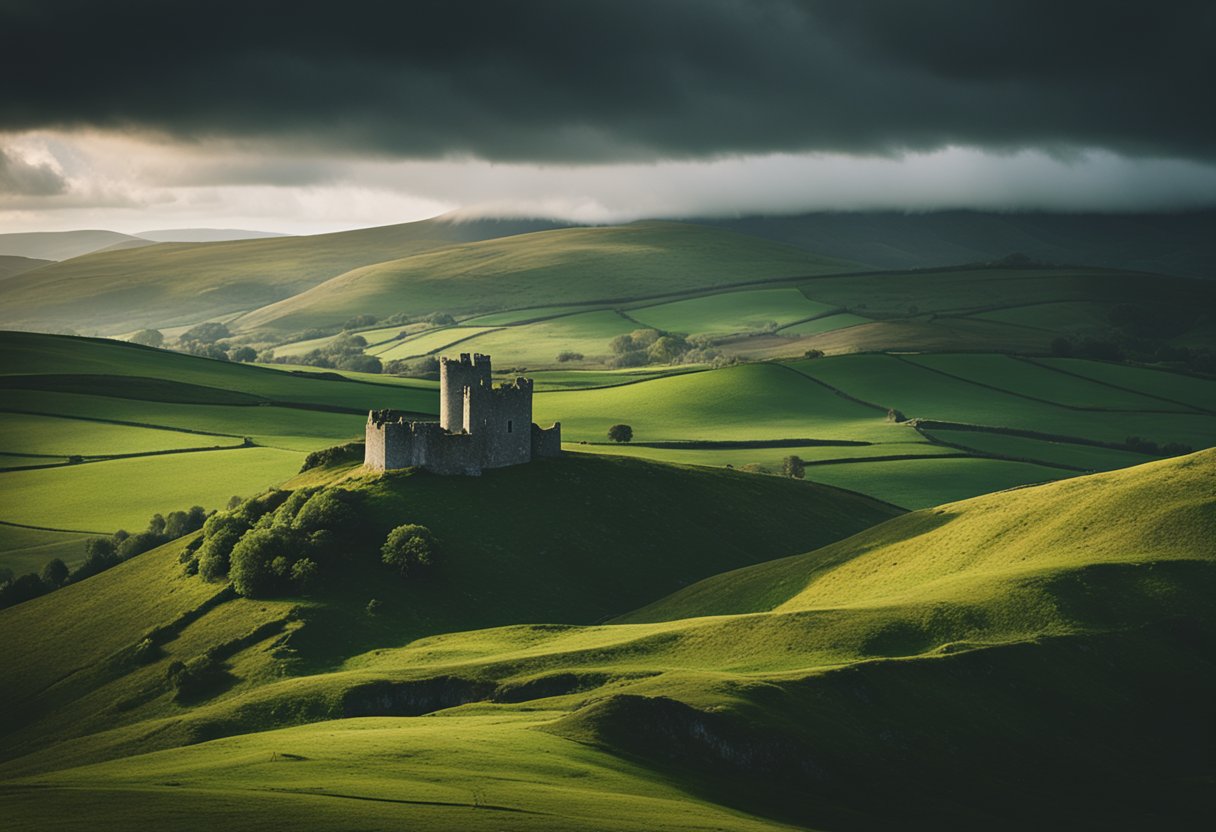
Throughout the turbulent history of Ireland, poetry has served not only as a means of artistic expression but also as a vehicle for peace and justice. W.B. Yeats and Seamus Heaney stand as pillars within the Irish literary tradition, each navigating the socio-political landscapes of their time through the written word.
Yeats, an influential figure during Ireland’s revolutionary period, often infused his work with symbols of violence and hope. His poetry chronicles the nation’s complex journey through division and strife. Heaney, whose work came later, also grappled with Ireland’s history of conflict, particularly during ‘The Troubles’. His collection “Death of a Naturalist” confronts the stark realities of a divided society, while individual pieces like “Digging” explore the personal and ancestral struggles ingrained in Irish soil.
It is in the face of such adversity that their words achieved the most profound impact. Heaney’s play “The Cure at Troy” is especially noteworthy for its themes of peace and reconciliation. Its verse resonates with the desire for closure and healing, echoing the broader societal yearning for an end to conflict.
The mastery of these poets lies in their ability to evoke universal emotions through the distinct lens of Irish identity. As they reflect on themes of strife and serenity, Yeats and Heaney embroider a tapestry of resilience—showing us that from the depths of despair can emerge a steadfast pursuit of justice.
Their legacy, beyond its literary merit, ennobles the spirit; it exemplifies the indomitable will to find solidarity and harmony amidst chaos. We see their words as beacons, guiding through the darkness with the soft power of verse.
The Legacy of Irish Poets on the World Stage
Irish poets have consistently captured the essence of our collective human experience, etching Ireland’s cultural influence onto the international canvas. None more so than Seamus Heaney and W.B. Yeats, whose works have traversed borders, striking a chord across the globe.
Seamus Heaney, a towering figure in modern literature, received the Nobel Prize in Literature in 1995. His poetry speaks to the resilience and richness of the human spirit, often reflecting upon the complexities of Irish identity and the natural world.
W.B. Yeats precedes Heaney as one of Ireland’s most influential and esteemed poets. Awarded the Nobel Prize in 1923, Yeats’ profound influence is discernible in the vast ocean of English literature. His lyrical prowess and exploration of Irish myths embed a deep reverence for our cultural heritage.
The achievements of these Nobel Laureates highlight the extraordinary depth of Irish poetry and literature. The presence of Irish poets on the world stage contributes to a more nuanced understanding of the power of literature to transcend political and personal boundaries. Their works inspire an appreciation beyond mere aesthetics, delving into the human condition and thus bolstering our national pride.
- Nobel Laureates: They exemplify the pinnacle of international recognition in literature.
- Cultural Impact: Their works have profoundly influenced the understanding and appreciation of Irish culture.
- Literary Legacy: Their contributions to literature continue to be studied and revered globally.
Through their artistic endeavours, Irish poets like Heaney and Yeats have become emissaries of our rich legacy, ensuring that the heartbeat of Irish culture continues to resonate on the world stage.
Contemporaries and Successors
In the rich tapestry of Irish literature, the contributions of Paul Muldoon have been particularly significant. Muldoon’s works demonstrate a mastery of form and language, evoking comparison to giants like Ted Hughes. Although Hughes himself was not an Irish poet, his influence on poets across the British Isles is undeniable. Muldoon, a successor to Seamus Heaney, extends the tradition of Irish poetry with his innovative and often eclectic poetic voice.
Beyond the shores of Ireland, poets such as William Wordsworth and Robert Frost provided cornerstone philosophies of natural reflection and introspection that resonated with Irish poets. While not direct contemporaries, their impact is seen in the thematic exploration of Irish successors who examine human experience through the lens of nature.
Modern Irish poetry also intersects with other arts, notably with music, exemplified by collaborations such as that of Elton John and Bernie Taupin. This synergy of music and poetry mirrors the Irish tradition of lyricism, where poetry is often inseparable from melody. The influence of these collaborations reaches audiences far beyond the literary circles, illustrating the evolution of poetry in contemporary culture.
Certainly, the influence of Irish literature is not limited to poetry. Writers like Colm Tóibín have found prose to be a powerful medium for conveying the complicated tapestries of Irish identity, history, and emigration. His novels and essays form a crucial part of the conversation on what it means to be Irish in a modern context, ensuring the vibrancy and relevance of Irish prose.
Our modern Irish poets and authors carry forward the flame of their forebears, forging new paths while honouring the deep roots of their literary heritage.
Literary Analysis and Criticism
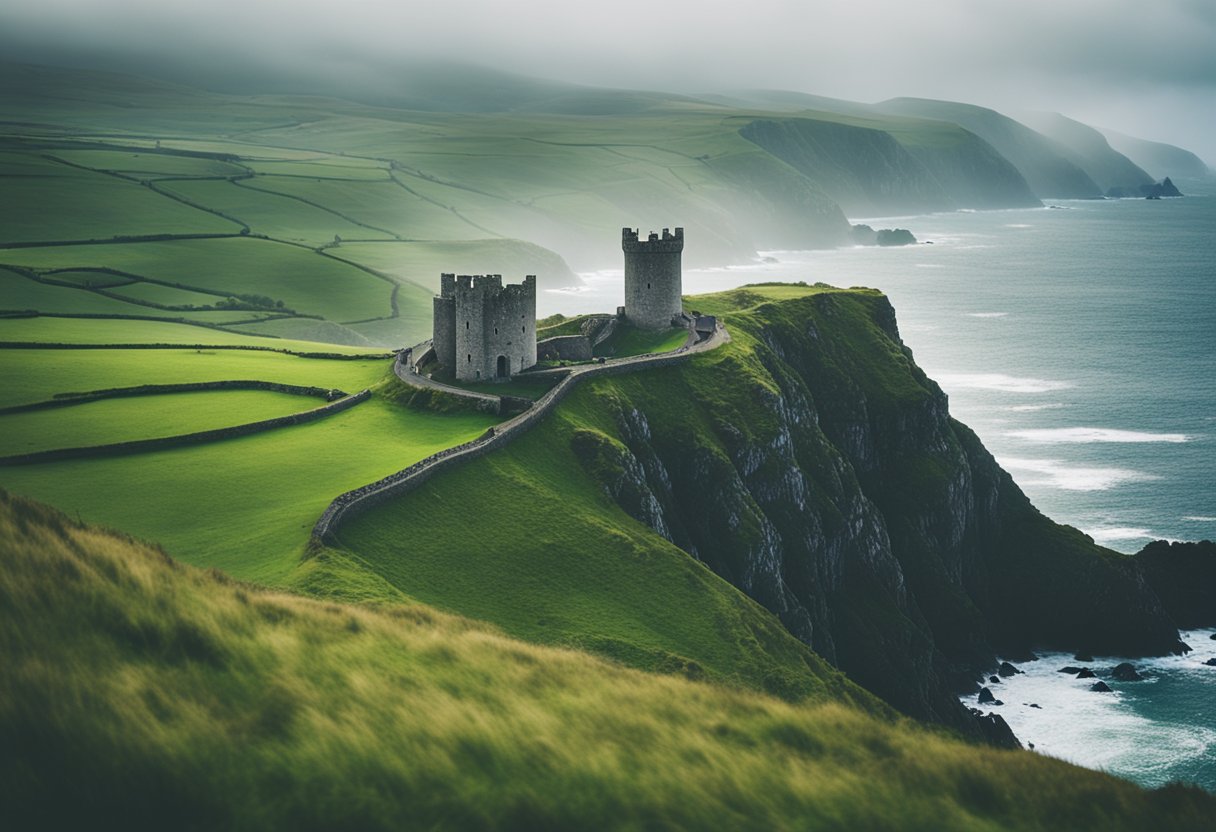
In our exploration of Irish literature, we’ve observed that Irish poets wield language with a unique blend of history and modernity. At the forefront, W.B. Yeats stands as a transformative figure in Irish elegy, having reshaped it during his time to reflect his vision of the afterlife. His contributions to the genre and literature at large cannot be understated.
Criticism in Irish poetry is not merely an academic undertaking but a continuation of the poetic tradition. Seamus Heaney, a Nobel laureate, was well aware of the meticulous balance required for a poet to remain spontaneous without succumbing to excessive self-awareness, which can be seen in his engagement with Yeats’s work.
Irish poets have frequently contributed to critical discussions with a careful touch, informed by a legacy that includes towering figures like Yeats and a rich linguistic tapestry. This dual role of the poet-critic solidifies their work as both cultural artefact and scholarly discourse, placing an emphasis on the intimacy between creation and critique.
We note that, through the years, Irish poetry has sequentially inherited and reinvented its language, moving from the symbolic complexity of Yeats’s early work to Heaney’s grounded and tactile verse. The evolution of language in Irish poetry embodies the tension between the arcane and the accessible, a characteristic that Heaney himself reflected upon critically.
Key Themes in Irish Literary Criticism
- The influence of past poets on contemporary Irish literature.
- The significance of language evolution within Irish poetry.
- The duality of the Irish poet as both creator and critic.
Understanding Irish literature, particularly its poetry and prose, is to appreciate its entwinement with the identity and heart of the Irish people. Through critical examination, we uncover the layers of meaning that each poem entrusts to us.
Frequently Asked Questions
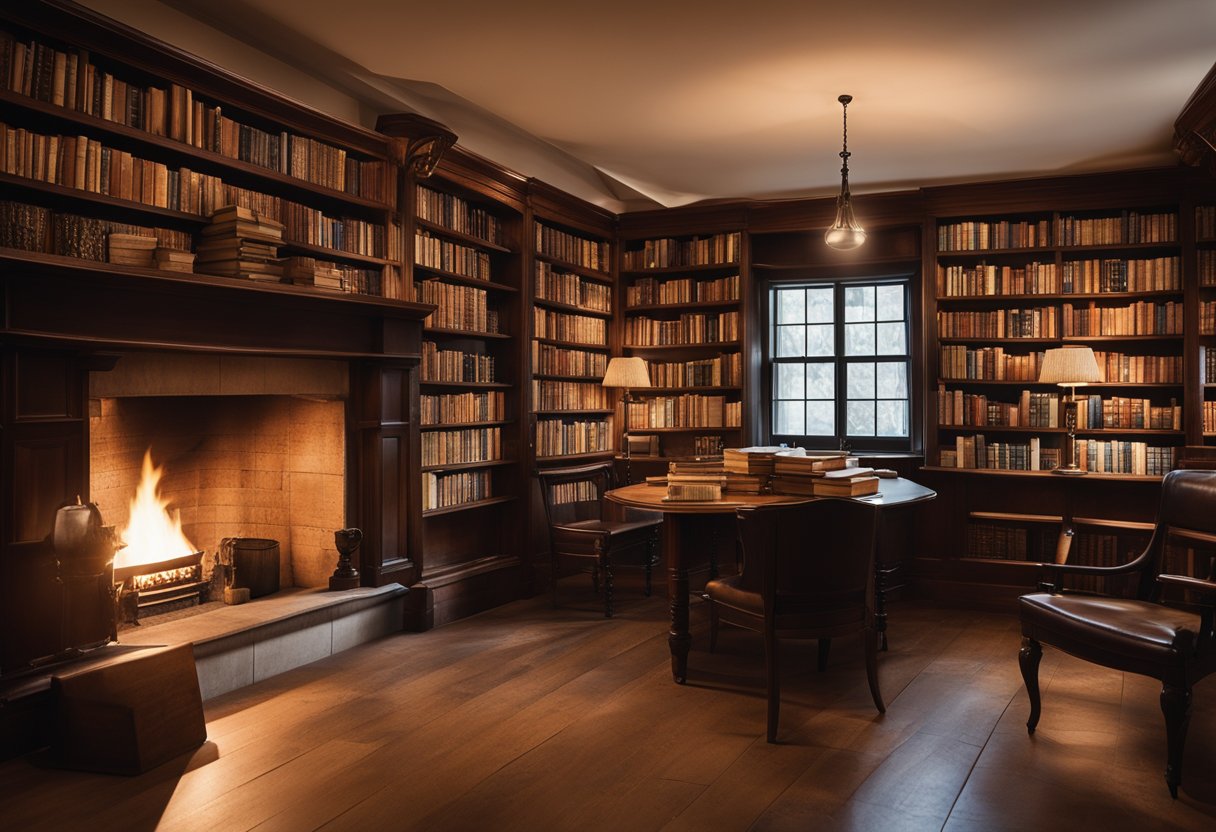
In this section, we explore pivotal questions surrounding the rich tapestry of Irish poetry and prose, from treasured themes in Seamus Heaney’s work to the distinctive styles that mark Ireland’s literary genius post-Yeats.
What are the central themes in Seamus Heaney’s poetry?
Seamus Heaney’s poetry is profoundly rooted in the soil of Ireland, invoking themes of identity, heritage, and the delicate balance between nature and human civilisation. His work often reflects on personal experiences while also delving into broader social and political issues within the Irish context.
Which Irish poem is highly recommended for wedding ceremonies?
For those seeking a touch of Irish elegance at their wedding, He Wishes for the Cloths of Heaven by W.B. Yeats is a highly recommended poem. Its enchanting portrayal of love and selfless offerings make it a popular choice for couples on their special day.
Which poet is considered the most significant in Ireland following Yeats?
Following W.B. Yeats, Seamus Heaney is often held in high regard as a momentous figure in Irish literature. His Nobel Prize in Literature underscores his profound impact on poetry and his significant role in portraying Irish culture and identity.
Which Irish poet has gained the most renown internationally?
W.B. Yeats is arguably the Irish poet who has gained immense international acclaim, with his Nobel Prize in Literature and his influential role in both the Celtic Revival and Irish literary canon solidifying his global stature.
How do the works of Yeats and Heaney differ in their portrayal of Irish identity?
W.B. Yeats and Seamus Heaney offer different lenses through which to view Irish identity; Yeats often interweaves mysticism with national identity, while Heaney presents a more grounded perspective rooted in the land and everyday life, reflecting changing times and a modern Ireland.
What are the common stylistic features found in the poetry of prominent Irish writers?
Prominent Irish writers, such as W.B. Yeats and Seamus Heaney, often utilise rich imagery, a deep connection to the Irish landscape, and a rhythm that echoes the cadences of Irish speech. Their work also displays an enduring engagement with Ireland’s complex history and culture.






